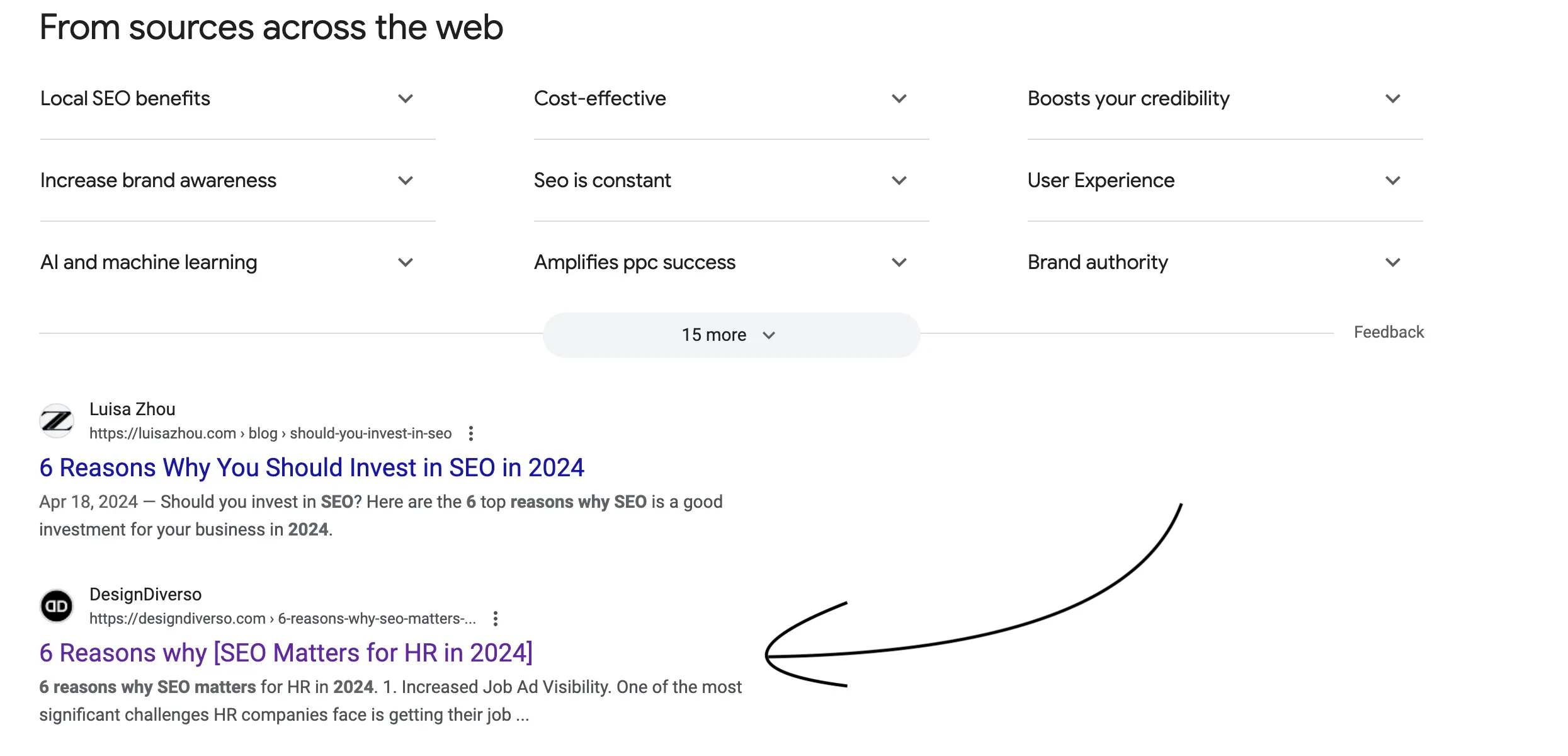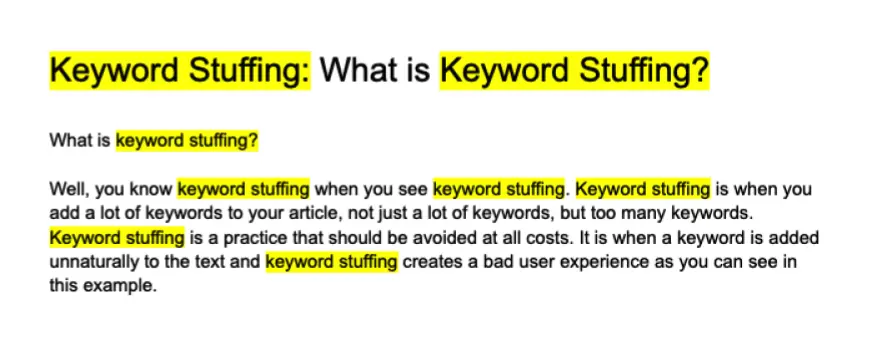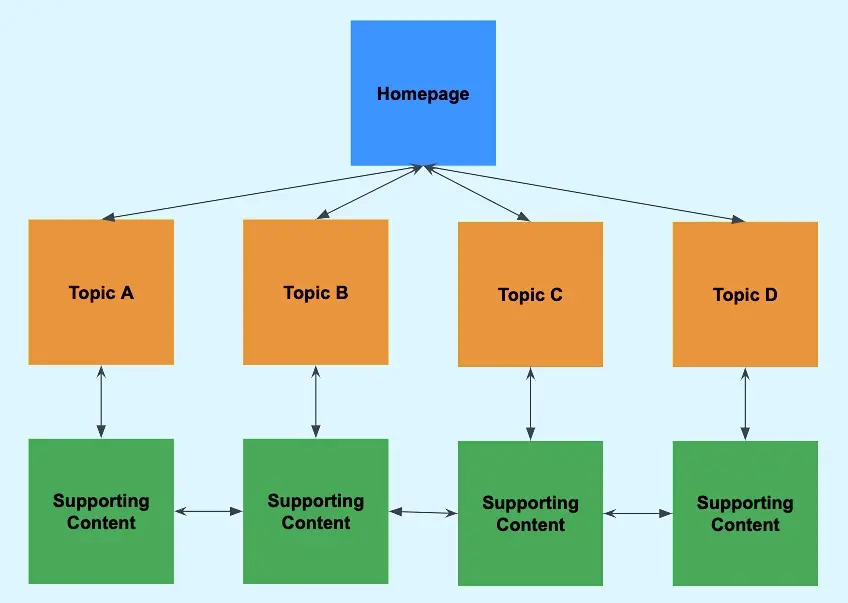
Automatically Syndicate Your Content to Medium: A Game-Changer for Content Creators
In today’s fast-paced digital world, content creation has become an essential part of any successful business or personal brand. Whether you are a blogger, a marketer, a podcaster, or a small business owner, creating valuable and engaging content is key to reaching and engaging your target audience. However, creating content is only half the battle. In order to truly maximize the reach and impact of your content, it is important to syndicate it across multiple platforms.
One platform that has gained significant traction in recent years is Medium. Medium is an online publishing platform that allows users to create and publish articles on a wide range of topics. With its clean and easy-to-use interface, Medium has become a popular destination for readers seeking high-quality, long-form content. As a content creator, syndicating your content to Medium can help you reach a larger audience, boost your credibility, and drive more traffic to your website or blog.
However, manually syndicating your content to Medium can be time-consuming and tedious, especially if you have a large volume of content to publish. This is where automatic syndication tools come into play. By using these tools, you can easily and seamlessly syndicate your content to Medium with just a few clicks. In this article, we will explore the benefits of automatic syndication to Medium and how you can leverage these tools to enhance your content strategy.
Benefits of Syndicating Your Content to Medium
Syndicating your content to Medium offers a number of benefits for content creators. Some of the key advantages include:
1. Increased reach: By publishing your content on Medium, you can tap into a large and diverse audience of readers who are actively seeking high-quality content. This can help you reach new readers, expand your follower base, and grow your online presence.
2. Improved credibility: Medium is known for its strict editorial standards and emphasis on quality content. By publishing your content on Medium, you can enhance your credibility as a content creator and establish yourself as an authority in your niche.
3. Enhanced SEO: Syndicating your content to Medium can also help improve your search engine rankings. Medium articles are often indexed by search engines, which can help drive organic traffic to your content and increase your visibility online.
4. Cross-promotion opportunities: By syndicating your content to Medium, you can also benefit from cross-promotion opportunities. Medium allows users to embed links, images, and videos in their articles, which can help drive traffic back to your website or blog.
How Automatic Syndication Tools Can Help
Automatic syndication tools are designed to streamline the process of syndicating your content to Medium. These tools automate the process of publishing your content to Medium, saving you time and effort. Some of the key benefits of using automatic syndication tools include:
- 1. Simplified workflow: With automatic syndication tools, you can easily publish your content to Medium without having to manually copy and paste each article. This can help streamline your workflow and make it easier to manage multiple pieces of content.
- 2. Consistent posting schedule: Automatic syndication tools allow you to schedule your content to be published on Medium at regular intervals. This can help you maintain a consistent posting schedule and keep your audience engaged.
- 3. Centralized content management: By using automatic syndication tools, you can manage all of your content in one central location. This can help you keep track of your content, monitor its performance, and make adjustments as needed.
- 4. Increased efficiency: By automating the syndication process, you can save time and focus on other aspects of your content strategy. This can help you be more productive and achieve better results with your content marketing efforts.
How to Automatically Syndicate Your Content to Medium
There are several automatic syndication tools available that can help you syndicate your content to Medium. Some of the most popular tools include Zapier, IFTTT, and Medium’s own publishing API. Here is a step-by-step guide on how to automatically syndicate your content to Medium using these tools:
1. Zapier: Zapier is a popular automation tool that allows you to connect different apps and services together. To automatically syndicate your content to Medium using Zapier, follow these steps:
– Sign up for a Zapier account and create a new zap
– Select your trigger app (e.g., WordPress, Squarespace, etc.) and connect it to your Medium account
– Set up the trigger and action for your zap (e.g., new blog post published > publish to Medium)
– Test your zap to make sure it is working correctly
– Turn on your zap and let Zapier automatically syndicate your content to Medium
2. IFTTT: IFTTT (If This Then That) is another popular automation tool that allows you to create “recipes” to automate tasks. To automatically syndicate your content to Medium using IFTTT, follow these steps:
– Sign up for an IFTTT account and create a new recipe
– Select your trigger service (e.g., RSS feed) and connect it to your Medium account
– Set up the trigger and action for your recipe (e.g., new blog post published > publish to Medium)
– Test your recipe to make sure it is working correctly
– Turn on your recipe and let IFTTT automatically syndicate your content to Medium
3. Medium Publishing API: Medium also provides its own publishing API that allows you to programmatically syndicate your content to Medium. To automatically syndicate your content to Medium using the publishing API, follow these steps:
– Get API access to the Medium publishing platform
– Use the API documentation to set up the necessary parameters for publishing your content
– Test your API integration to make sure it is working correctly
– Use the API to automatically syndicate your content to Medium on a regular basis
Best Practices for Syndicating Your Content to Medium
While automatic syndication tools can help streamline the process of syndicating your content to Medium, there are some best practices to keep in mind to maximize the impact of your content. Some tips for syndicating your content to Medium include:
1. Optimize your headline and metadata: Make sure your headline is catchy and engaging to attract readers to your content. Also, include relevant metadata such as tags, categories, and a featured image to optimize your content for search engines.
2. Use Medium’s built-in features: Take advantage of Medium’s built-in features such as highlights, comments, and recommendations to engage with your audience and encourage interaction with your content.
3. Promote your content: Once your content is published on Medium, promote it across your other social media channels and email newsletters to drive more traffic to your content.
4. Monitor performance: Keep track of how your content is performing on Medium by monitoring metrics such as views, reads, and recommends. Use this data to make adjustments to your content strategy and optimize your results.
Closing thoughts
Syndicating your content to Medium can have a significant impact on your content strategy. By automatically syndicating your content to Medium using tools like Zapier, IFTTT, or the Medium Publishing API, you can streamline the process and save time while reaching a larger audience. Follow best practices for syndicating your content to Medium, such as optimizing your headline and metadata, using Medium’s built-in features, promoting your content, and monitoring performance, to maximize the impact of your content on Medium. With automatic syndication tools and best practices in place, you can take your content strategy to the next level and achieve greater success as a content creator.







